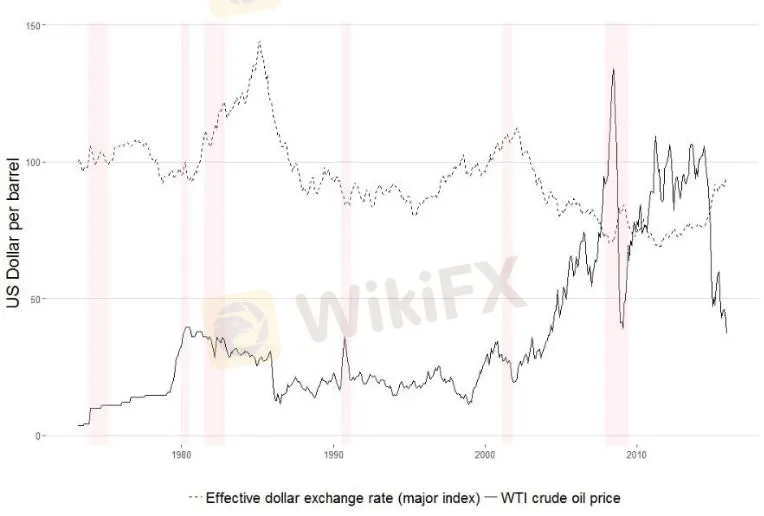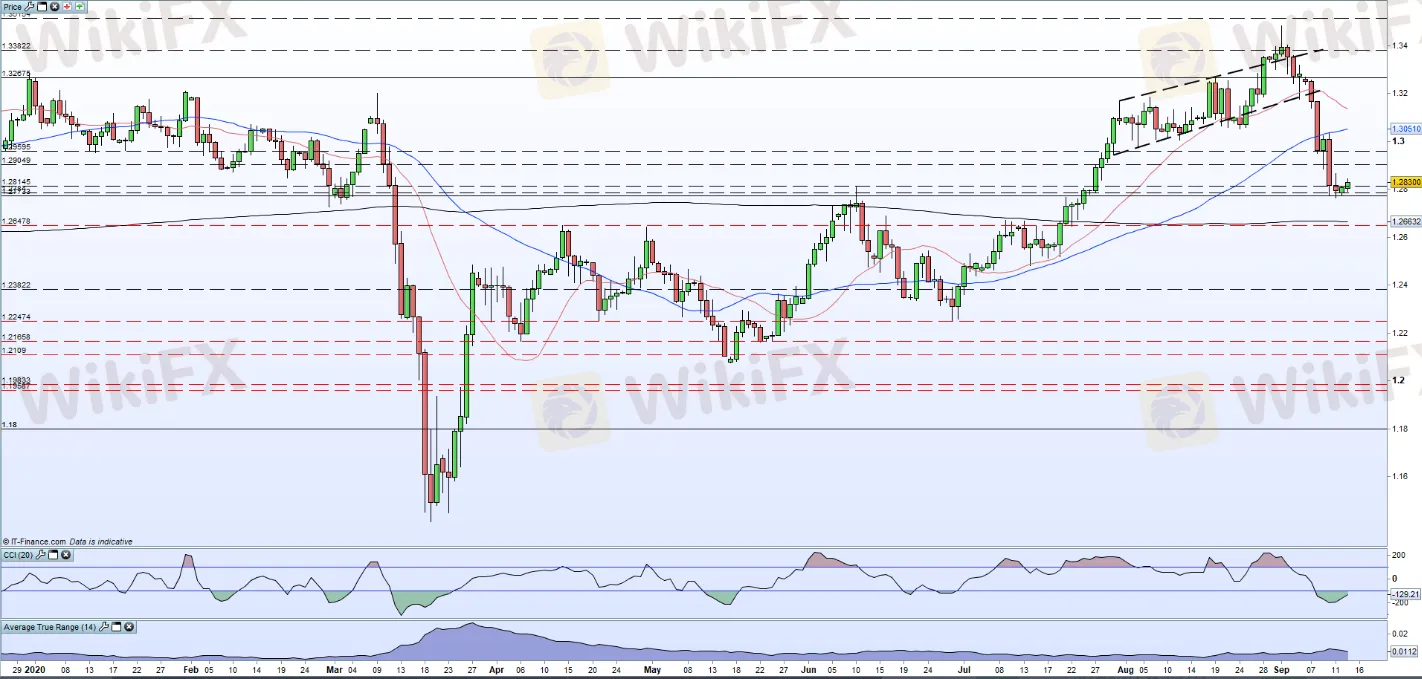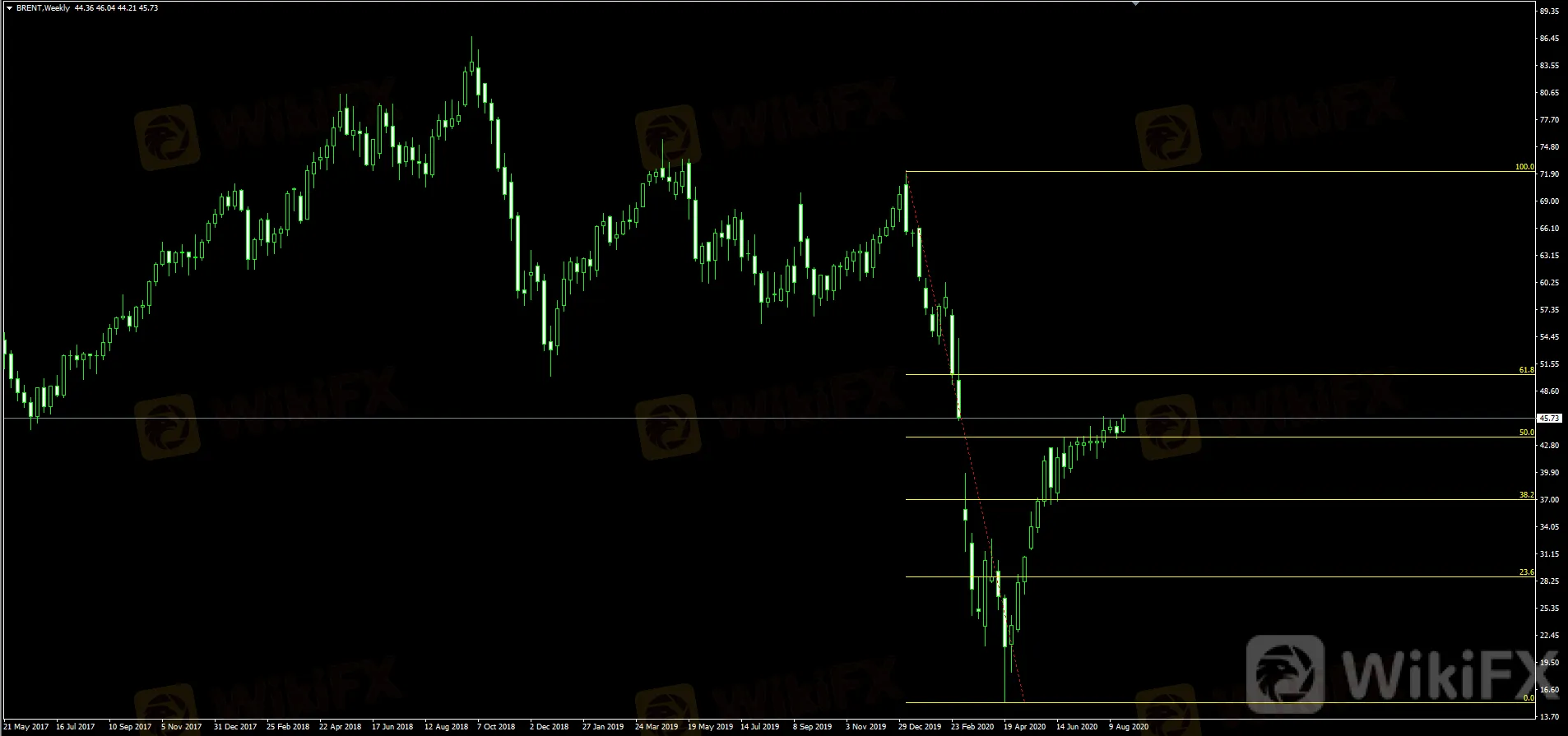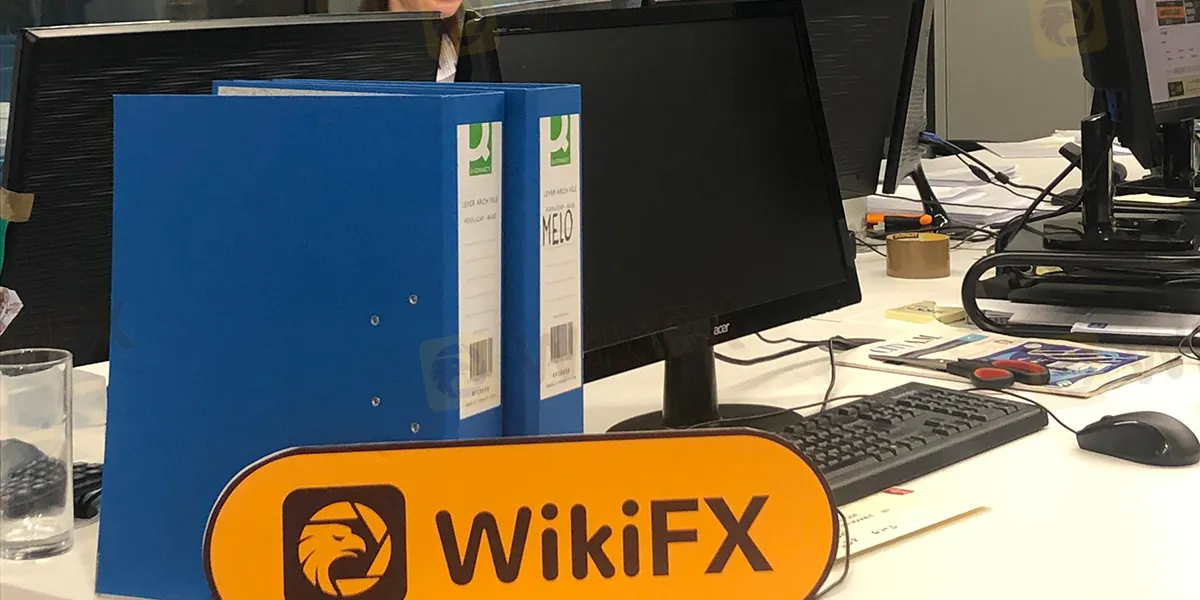wisepowder's blog
The Cherokee County Sheriff’s Office says the man had a Georgia Lottery scratch game card worth $100 when he ran away during a traffic stop on Interstate 75 on Monday.
In a Facebook post, it offered its congratulations and invited him to claim the ticket at its office in Canton about 40 miles (64 kilometers) north of Atlanta.
The man, who was not identified, was later taken into custody, sheriff’s spokesman Capt. Jay Baker told the Atlanta Journal-Constitution.Baker said the man was a passenger in a vehicle that was pulled over for a tag violation, and he ran into the woods. The lottery ticket was in a backpack that also had methamphetamine, according to Baker. The man can have the lottery ticket back, but the sheriff’s office said it will keep the drugs.
The winning ticket was purchased at the Hillside Citgo on Highway 48 in Clarksville, according to lottery officials.
No additional information is available until the player claims the prize.The Lottery began selling tickets 16 years ago on January 20, 2004.A local barbershop recently sold a winning Florida Lottery ticket, worth more than $170,000, for Monday’s drawing, lottery officials said.
Royal Cut Barber Shop, 136 S. U.S. 1, Vero Beach, sold the Fantasy 5 quick pick ticket. The winning numbers were 06-32-33-34-36.
The winner will receive the grand prize of $173,764.30, officials said. It was unclear if the winner had already claimed their prize.
The three brothers from Richmond, Victoria, told The Lott officials their ticket for Saturday's TattsLotto drawing bore a set of numbers that was very familiar to the family.We play every week! We've been playing these same numbers for 40 years," one of the brothers said. "I don't remember why we chose these numbers exactly. All I know was 40 years ago we each wrote down numbers and selected a ticket to play. We've been playing ever since."
The numbers earned the brothers a jackpot totaling $364,904.79.
"Once I realized it was true, I had the honor and pleasure of telling my brothers we were division one winners," the man said. "It was a great feeling to be able to call them and let them know."The owner of a Lotto Max lottery ticket recently sold in Dartmouth, N.S., is in store for a $500,000 payout — if they step forward to claim the prize.
Atlantic Lottery is looking for the winner of a Lotto Max prize drawn on Tuesday.
The organization says it will release details of the winner or winners as soon as they're identified.
Christopher Sargent told Oregon Lottery officials he and his wife bought a ticket for the Aug. 24 Megabucks drawing from the Plaid Pantry store in Portland and he "simply forgot about it" after putting the ticket into his wallet.
Sargent said it wasn't until a month later that he was back at Plaid Pantry and remembered the lottery ticket in his wallet. He said he handed the ticket to a clerk to scan.
"The clerk wasn't sure what I'd won but he said, 'It looks like you need to go to Salem,'" Sargent said.
Sargent checked the numbers after he arrived home and discovered he had won the $5.7 million jackpot from the drawing.
"I put it in a baggie and hid [it"> behind an Incredible Hulk action figure," Sargent said. "I figured it would be safe there."
Sargent and his wife visited lottery headquarters in Salem to collect their prize more than a month after the drawing.
Because the pricing of crude oil is made in American dollars internationally, changes in oil price directly affect the exchange rates of the countries. This point especially led the researches about the effects of oil price changes to focus on its effects over exchange rates.
Policymakers, academics and journalists have frequently discussed the link between oil prices and exchange rates in recent years—particularly the idea that an appreciation of the US dollar triggers a dip in oil prices. Empirical research is not so clear on the direction of causation, as there is evidence for bi-directional causality. Some studies find that an increase in the real oil price actually results in a real appreciation of the US dollar, while others show that a nominal appreciation of the US dollar triggers decreases in the oil price. Figure 1 illustrates the link between the nominal West Texas Intermediate (WTI) crude oil price and the US effective dollar exchange rate index relative to its main 7 trading partners.

The terms of trade channel mostly focus on real oil prices and exchange rates, while the wealth and portfolio channels propose an effect from the nominal exchange rate to the nominal oil price. The expectations channel allows for nominal causalities in both directions.
1. The impact of oil prices on exchange rates
The terms of trade channel were introduced in 1998. The underlying idea is to link the price of oil to the price level which affects the real exchange rate. If the non-tradable sector of a country A is more energy intensive than the tradable one, the output price of this sector will increase relative to the output price of country B. This implies that the currency of country A experiences a real appreciation due to higher inflation. Effects on the nominal exchange rate arise if the price of tradable goods is no longer assumed to be fixed. In this case, inflation and nominal exchange rate dynamics are related via purchasing power parity (PPP). If the price of oil increases, we expect currencies of countries with large oil dependence in the tradable sector to depreciate due to higher inflation. The response of the real exchange rate then depends on how the nominal exchange rate changes, but relative to the impact of any changes in the price of tradable (and non-tradable) goods described above. Overall, causality embedded in the terms of trade channel potentially holds over different horizons depending on the adjustment of prices.
The underlying idea of the portfolio and wealth channel is based on a three country framework. The basic idea is that oil-exporting countries experience a wealth transfer if the oil price rises. The wealth channel reflects the resulting short-run effect, while the portfolio channel assesses medium- and long-run impacts. When oil prices rise, wealth is transferred to oil-exporting countries (in US dollar terms) and is reflected as an improvement in exports and the current account balance in domestic currency terms. For this reason, we expect currencies of oil-exporting countries to appreciate and currencies of oil-importers to depreciate in effective terms after a rise in oil prices. There is also the possibility that the US dollar appreciates in the short-run because of the wealth effect - if oil-exporting countries reinvest their revenues in US dollar assets. The short and medium-run effects on the US dollar relative to currencies of oil-exporters will depend on two factors according to the portfolio effect. The first is the dependence of the United States on oil imports relative to the share of US exports to oil-producing countries. The second is oil exporters relative preferences for US dollar assets. Figure 3 summarizes the wealth and portfolio channels.
2. Common factors driving oil prices and exchange rates
Having already explained the role of inflation, Figure 2 incorporates other common factors including GDP, interest rates, stock prices and uncertainty. A full analysis of all possible linkages and other potential factors is beyond the scope of this paper, but a few important channels are worth mentioning. GDP and interest rates both affect exchange rates and oil prices, and are also interrelated: Monetary policy reacts to GDP fluctuations while interest rate changes affect GDP through total investment and spending. An increase in GDP, all else equal, results in an increase in the oil price. Effects on exchange rates are less clear for both interest and exchange rates. A relative increase in domestic interest rates should for example depreciate the domestic currency according to uncovered interest rate parity, but the empirical evidence has demonstrated that an appreciation is frequently observed instead, reflecting the notorious forward premium puzzle. Another major influence on both the macroeconomic environment and exchange rate dynamics is the degree of uncertainty. A domestic appreciation of the exchange rate might result from uncertainty, if participants expect a currency to act as a safe haven.
Under the theories explaining the relationship between oil price and exchange rate, we see the basic supply-demand relationship. When the price of oil increases, firstly demand for dollar will increase in oil importing countries leading dollar to appreciate, but then to buy the dollar their demand for their local currencies will increase leading appreciation of their local currencies, which causes the exchange rate to depreciate. Also after getting the payment, the supply of dollar will increase in oil-exporting countries leading dollar to depreciate which causes a decrease in exchange rate, but here there are two possible follow up situations. If the oil-exporting country increases their goods import because of the depreciation of dollar, demand for the dollar will increase in the country leading dollar to appreciate causing an increase in exchange rate. However, if the oil-exporting country can‘t/doesn’t increase their goods import, then exchange rate will remain in a decreasing trend because of the depreciation of dollar.
Researchers built a theoretical dynamic partial-equilibrium portfolio model of an oil price increase influence on exchange rates in a world consisting three countries: United States of America, Germany and OPEC. According to this model, the short-run and the long-run effects of the oil price increase will be opposite such as an increase in oil price at first induces dollar appreciation but then it turns into dollar depreciation. The effect of an oil price increase on exchange rate depends on “the share of local currency in OPEC‘s portfolio”, “the share of country’s goods in OPEC imports”, and “the country‘s share in world oil imports” in this model. In the model oil imports are exogenously fixed so the effect of oil price increase will also be affected by the OPEC’s spending preferences of the money generated from oil sales. For instance; if OPEC prefers dollar payment but German goods, then the value of dollar will increase in the short-run, however will decrease in the long-run.
The most important event of the week will take place in the House of Commons. On Monday, MPs began debating changes to the Withdrawal Agreement as the amendments have riled the EU and caused heated debate within the Conservative Party.
The UK's employment/unemployment figures for July will be released at 14:00 today, while at the same time tomorrow the CPI for August will have come out. The data is expected to show price pressures easing, on which the BoE is likely to discuss at their meeting the next day.

Bullish price action from the end of June was comprehensively broken last week and there is little support before the 200-DMA. With volatility picking-up over the last few weeks as well as the releases of previously mentioned events and data, the pound may stage a volatile performance this week.
All the above is provided by WikiFX, a platform world-renowned for foreign exchange information. For details, please download the WikiFX App: bit.ly/WIKIFX
The outbreak and spread of COVID-19 caused oil prices to plummet, with futures prices dropping to a negative value for the first time in history. The demand for energy consumption fell sharply mainly due to governments‘ measures of lockdown and social distancing orders that restricted people to travel and put countries’ aviation industry into a battle to survive.
The International Energy Agency (IEA) forecasts global oil demand will decrease by an average of 8 million barrels/day this year, or about 8% lower than last year. Although the IEA estimates oil demand will increase by 5.7 million barrels/day next year, overall demand will remain lower than in 2019 due to ongoing uncertainty in the aviation sector.
This gloomy outlook has made many observers question whether market demand can return to 2019 levels? The concept of oil at its peak has long been the subject of discussion. Experts mainly focus on production peaks, with forecasts that oil prices will skyrocket when underground oil resources are exhausted.
But in recent months, the concept of a demand peak has emerged, after the COVID-19 pandemic wiped out the fuel demand of the transport industry, plus those efforts to move to cleaner fuel sources. Environmental groups have been campaigning to stop the Paris Agreement on climate change from becoming another victim of the COVID-19 pandemic, said Professor Michael Bradshaw at the Warwick Business School (UK), at the same time emphasized the need for a Green New Deal in the economic recovery process.
Professor Bradshaw argues that if environmental groups succeed, demand for “black gold” may never return to the highest levels ever recorded before the COVID-19 pandemic. Meanwhile, the transport sector may never fully recover, and after a pandemic, people may have different attitudes toward international air travel or work habits.
According to IEA CEO Fatih Birol, many people including CEOs of several large companies think that with today's lifestyle changes, oil demand may have peaked and will begin to drop. Meanwhile, the oil industry may face financial challenges.

Bronwen Tucker, an analyst at the non-governmental organization Oil Change International (OCI), said the oil industry is under great pressure from investors. “The giant” Royal Dutch Shell (UK-Netherlands) said last week that the asset value of this business has decreased by about 22 billion USD when reassessing the value of the business under the influence of COVID-19. Last month, Britain's BP also announced the net worth of the oil and gas conglomerate decreased by $ 17.5 billion. While China actively buys crude oil when it is so cheap and so that the tanker congestion has formed at sea.
China is currently the world's second largest oil consumer after the US. As of June 29, the country has accumulated 73 million barrels of oil, which is stored in 59 ships floating at sea, according to data from ClipperData - the company tracks the movement of crude oil at sea in real time. This is equivalent to three-quarters of the world's demand.
The recently landed oil was probably purchased in March and April, when oil prices plummeted due to the pandemic. WTI US crude oil dropped to negative on April 20 for the first time in history.
China's floating oil storage - which includes barrels of oil waiting on board for seven days or more - has nearly quadrupled since the end of May, according to ClipperData. This is not only a record number since the beginning of 2015, but also 7 times higher than the monthly average in the first quarter of 2020.
The storage of oil at sea shows that China is making a profit when the world energy market falls into a period of extreme crisis. “China is buying massive globally,” said Matt Smith, director of cargo strategy at ClipperData. “The number of oil at sea is growing rapidly.”
Smith also said China's inland oil depots were not even filled yet. “This was simply due to an out-of-port congestion. So many tankers arrived that they couldn't bring it ashore in time,” he explained.
The main buying power of China has partly pulled up the oil market. Just 7 weeks after falling to a negative of nearly $40, US crude oil rose again to $40 a barrel. The difference of 80 cent USD was created by the unprecedented reduction in production by OPEC and Russia, the world lockdown situation was loosened and demand from China increased sharply.
If you’re looking to sell your property, your goal would be to get someone to sign on the dotted line as quickly as possible, with the least effort on your part and for the maximum amount you can get! Sounds easy? Well, as any property seller can tell you, it isn’t quite as simple as it sounds. The real estate market is very competitive, and if you are looking to create an excellent property listing that gets noticed by potential buyers, then you must explore the possibility of adding a 3D Floor Plan to your listing.To get more news about design rendering services, you can visit https://www.3drenderingltd.com official website.
A 3D floor plan is a house floor plan that is drawn out to scale and rendered in 3D. It depicts the rooms and spaces with furniture and furnishings; even indicating colors, textures, and finishes. It adds significant value to your listing as it shows your property in the best possible light – not as it is at present, but as how it could potentially be. Customers can visualize the property as they would like to see it, with a well-designed interior and furnishings that make it look better than its current appearance. Pictures grab the attention of viewers far more than descriptions do. With a beautifully Rendered 3D House Plan in your real estate listing, genuine buyers are drawn to your page and stay engaged for longer durations, increasing the chances of them putting your property in their short list.
A survey in 2013 by Rightmove Group Ltd suggested that floor plans are the best form of property presentation, and over a third of buyers felt that they were not likely to even look at a property that was without a floor plan. Photographs do not give a view of the entire property, but only show it in parts. It is difficult to get an overall idea of how the spaces are related to each other. A 3D plan, however, gives a clear visualization of the property so that the customer can get a mental image of the layout. Your listing becomes more memorable and can remember the design can put your property ahead of others in the same area. They can see where each room is concerning other rooms and understand the flow of the property in a much better way.
They will be able to understand the position of various rooms, doors and windows, terraces and balconies, and the garden and landscaping features. 3D House Plans are one of the proven marketing methods that can help to generate interest in your property listing, as well as give potential buyers the information they require to make their buying decisions. Detailed, high res floor plans are proven to increase the selling potential of any property and make it very easy to attract buyers to your listing. You can add the project to your brochures and flyers or even put it up on a signboard at various prime spots in town so that local prospects and people who are just driving past are aware that this property is for sale.
Chance for USD/GBP/AUD Upside as JPY Strength Limited
Japanese
firms slashed spending on plant and equipment by the most in a decade in
the second quarter, the government said on Tuesday. As a result, the
strength of the Yen was limited while the USD/JPY staged a flat
performance and consolidated around 105.70.To get more news about WikiFX, you can visit wikifx official website.
“Abenomics” is much more likely to see an end ahead of the news that
Abe suddenly resigned his post, which put a premium on the Yen at once
but later revealed to be unrealistic for markets. As the core of
Abenomics, the Yens depreciation pushes domestic prices up and stimulate
the production of companies.
However, Japan's second-quarter
Capex falls most in decade, as reported on Tuesday. In addition, the
strength of JPY will be limited considering other challenges ahead of
Japan such as shrinking workforces and the indefinite postponement of
Olympic Games.

In terms of USD/JPY, the rate is expected to see a further growth
once finding the stability above the level of 104.00 in view of the
strong support ever achieved around the level.
In terms of
EUR/JPY, the rate is now stay in the ascending channel but may hit the
resistance zone of 129.0-130.0 in future tradings if the support is
continuously gained at the lower band of 125.0.
The exchange rate
of AUD/JPY shows a more complex picture. Its short-term uptrend is
expected to suffer a setback as it is currently approaching the
resistance level of 78.60. While in the medium term, gains will be
extended in future tradings if it stays constructive below the 76.60
level.
All the above is provided by WikiFX, a platform
world-renowned for foreign exchange information. For details, please
download the WikiFX App: bit.ly/WIKIFX
A Visit to Forex Broker BP Prime in London
An investor lately
asked WikiFX to verify the regulatory information and business
conditions of the British broker BP Prime. In response to the trader,
WikiFX decided to visit the broker BP Prime in London.To get more news
about WikiFX, you can visit wikifx official website.
Broker introduction
BP Prime was founded in 2013. Headquartered in London, it has offices
in Italy and China with clients across Europe, Asia and South America,
providing contracts for difference of forex, commodities and crypto
currencies.
Great Eastern Street, where is only 20 minutes away from
the central London, has become commercialized to a great extent. Along
the way, it was found that the entire street has bristled with
high-grade office buildings. The investigator arrived at the building
numbered 62 under the help of navigation. Does BP Prime really work
here?
Entering the building, the investigator noticed that all the
entrance, reception and floors have been refurbished. The building was
accessible only by swiping its card and there were security guards
around. With advance reservation, the investigator was soon received by
the staff of BP Prime.

After getting into its office, the investigator observed that many
employees were orderly working on computers, with various documents
neatly stacked next to them. The overall environment was clean and
comfortable as the office was also equipped with a rest area and a
tearoom.
This visit confirms that the broker BP Prime is a real
one and its business address is in line with that on the regulatory
information. On the WikiFX APP, BP Prime has been rated 6.86. It is
currently under valid supervision with the Straight-Through-Processing
(STP) license of the FCA.
So far, as a popular APP among investors,
WikiFX has included profiles of more than 20,000 forex brokers around
the world while integrating forum, exposure, query, news feed and other
functions.
